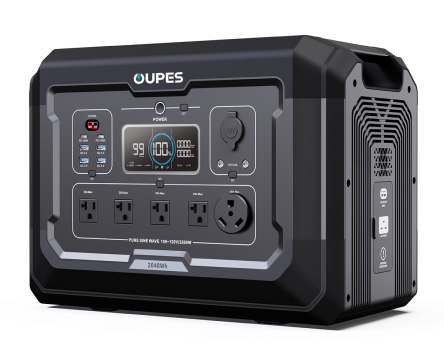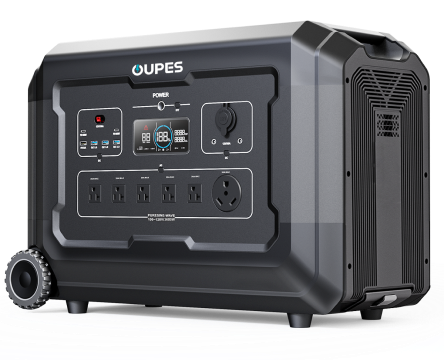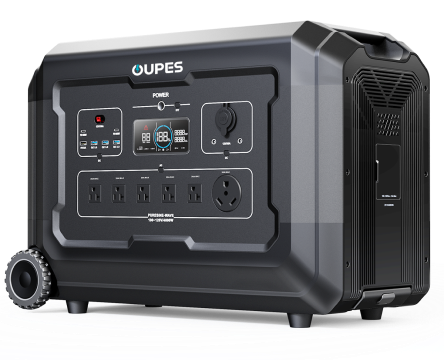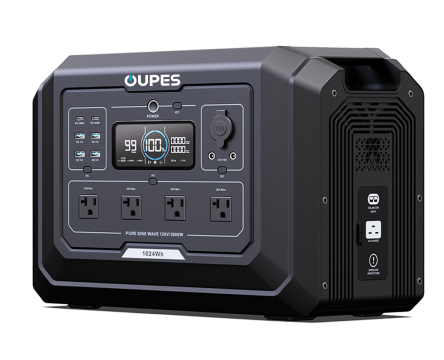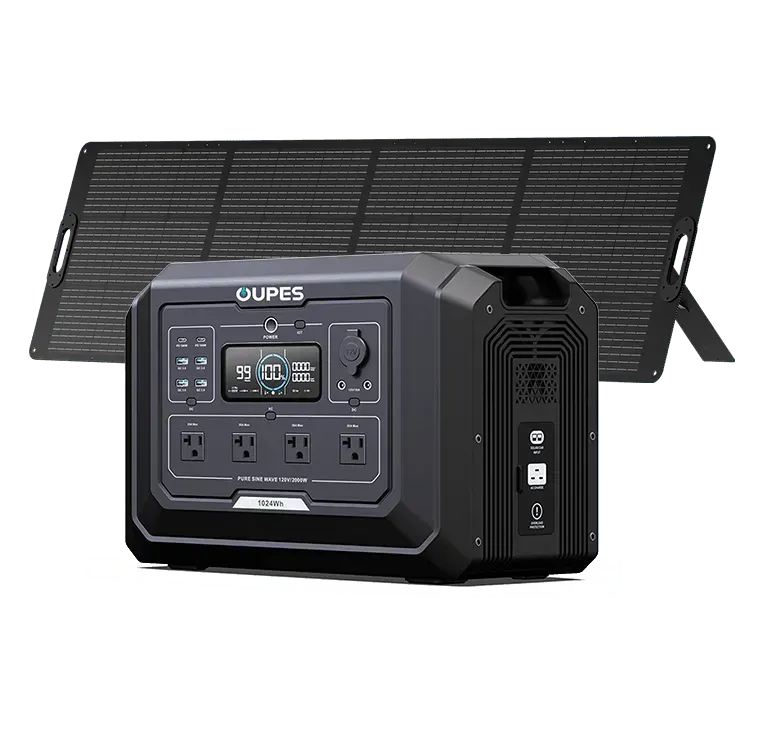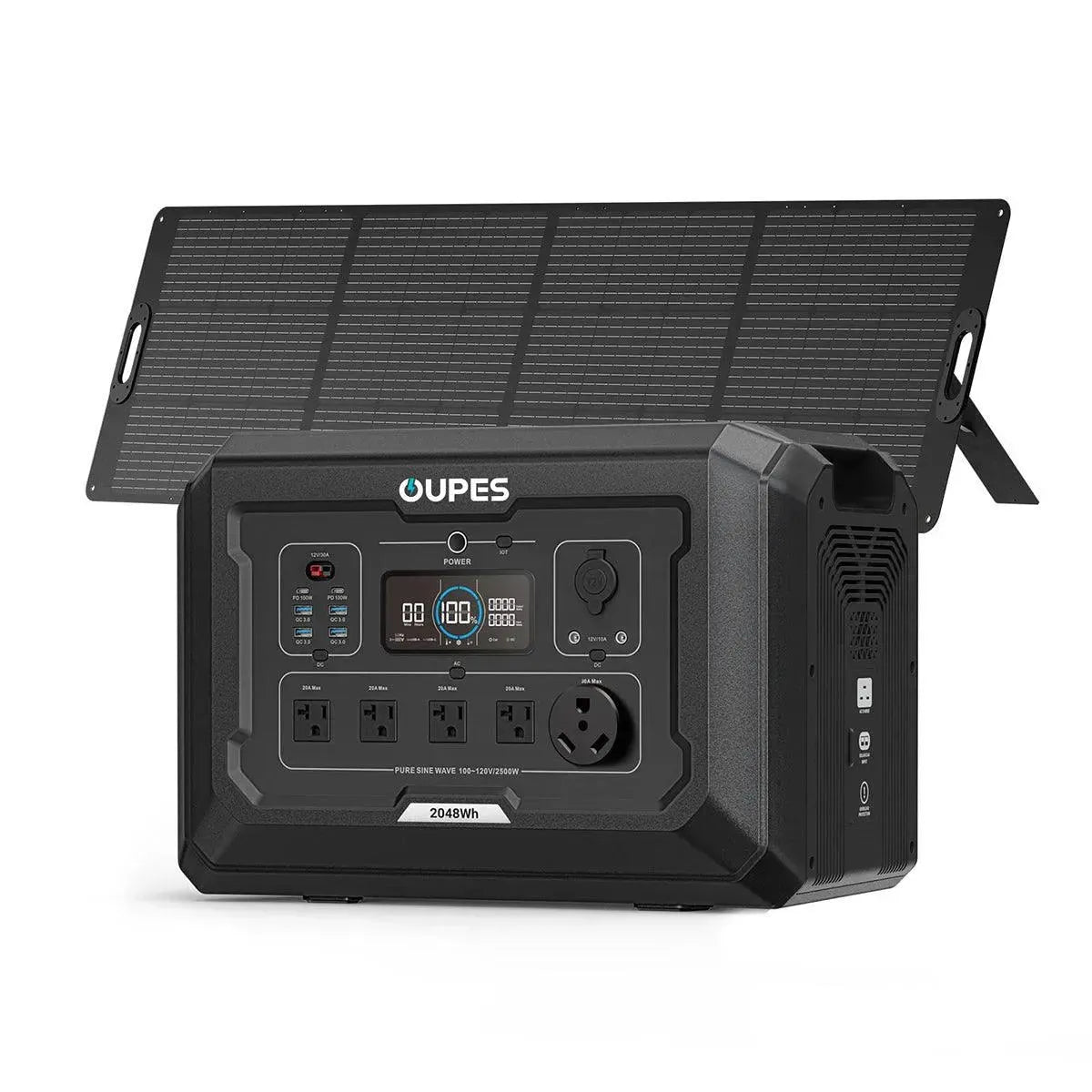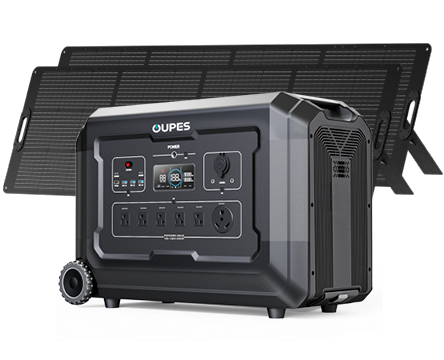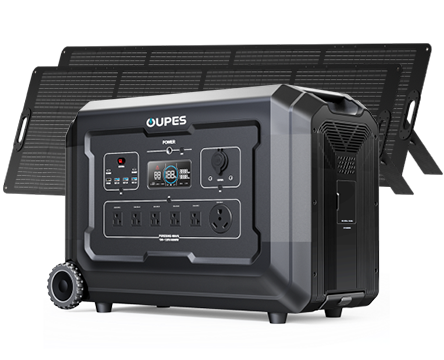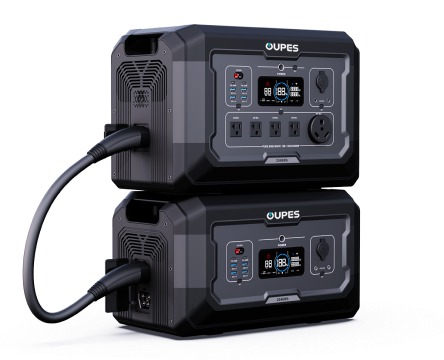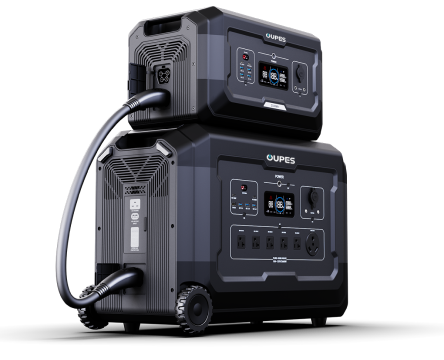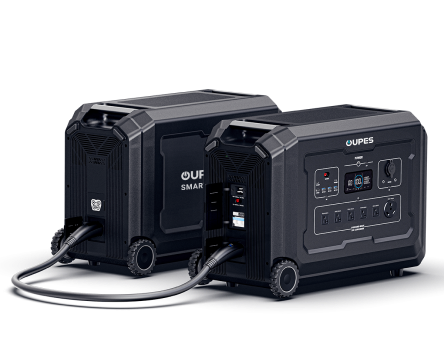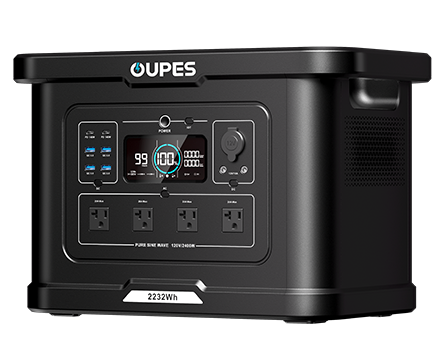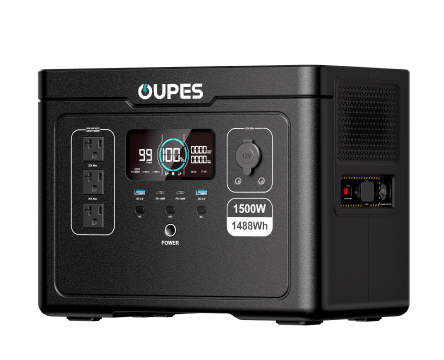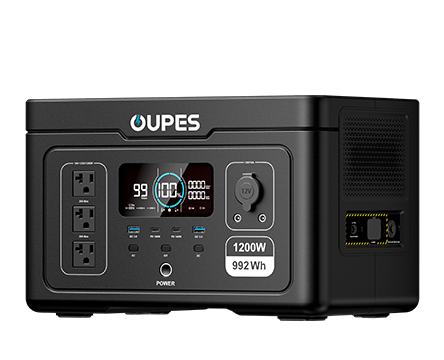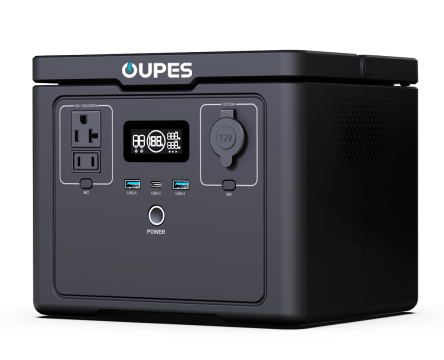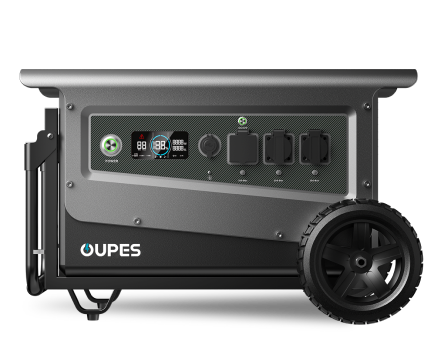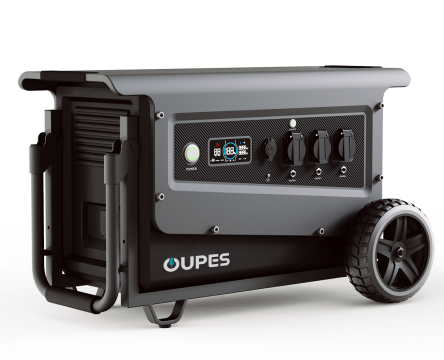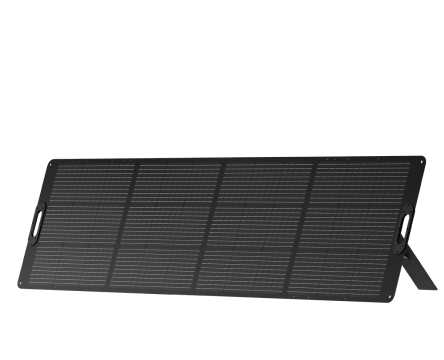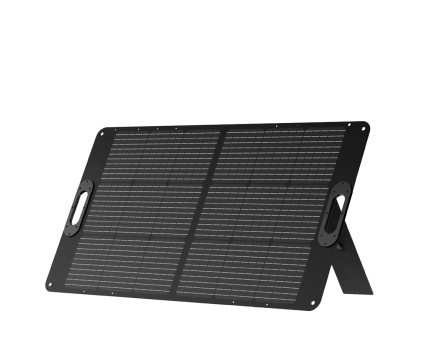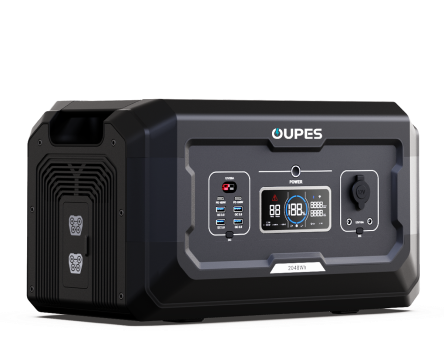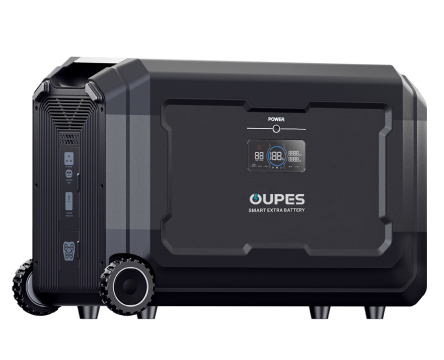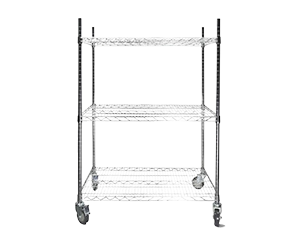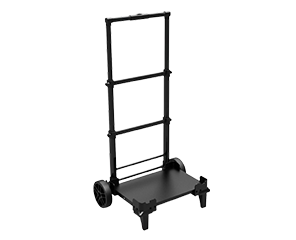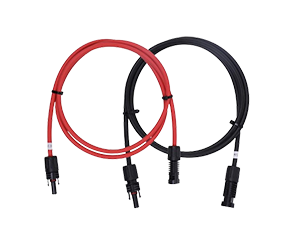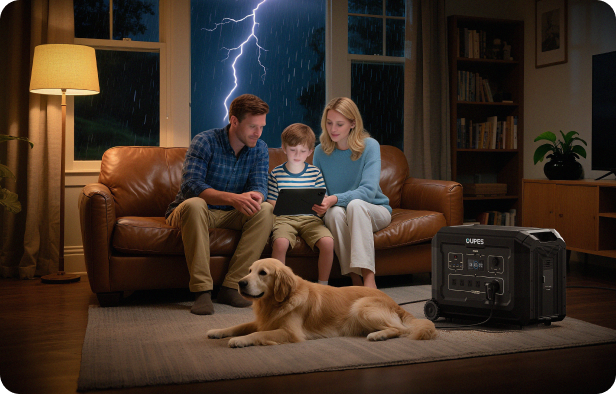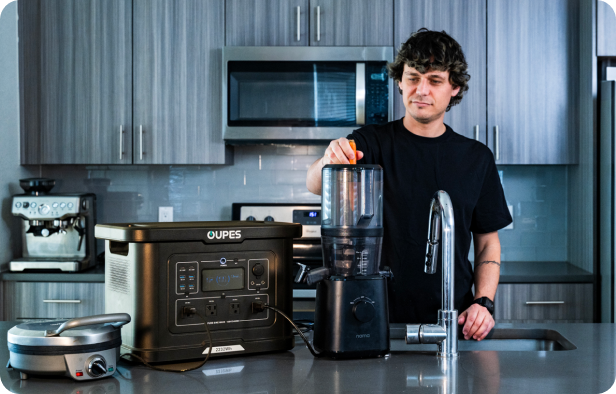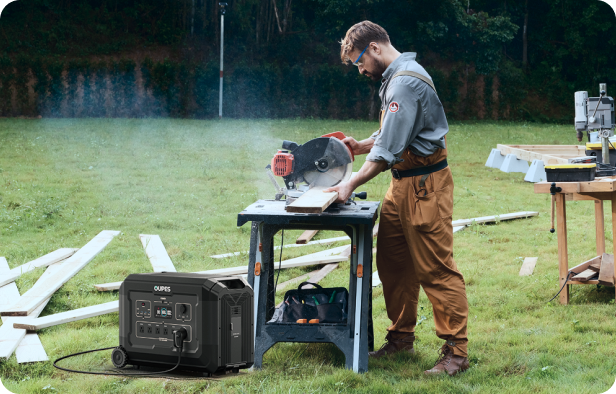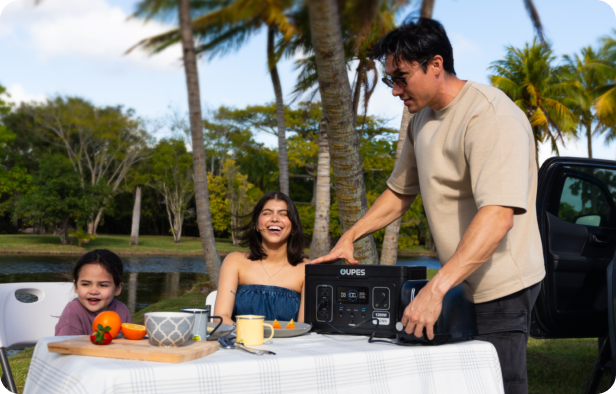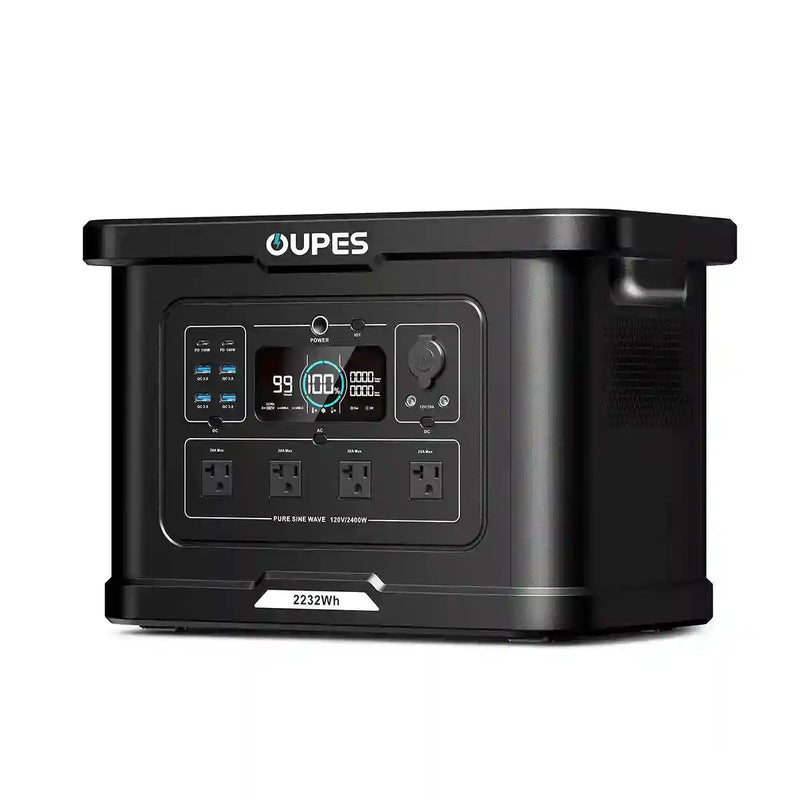
Choosing the right wattage for a solar generator can be confusing. If you buy a unit too small, it won’t meet your energy demands. On the other hand, overspending on a model far larger than your needs could mean wasted investment. This article explains wattage in solar generators, how to calculate your needs, and what size is best for various situations.
Understanding Wattage in Solar Generators
Wattage indicates how much power a solar generator can provide at one time. For example, a 1000W generator can run devices requiring up to 1000 watts simultaneously. High surge capacity also matters because some appliances require extra power to start.
Rated Power vs Surge Power
Rated power refers to continuous output, while surge power supports short bursts of high demand when appliances like refrigerators or pumps start up. A reliable solar generator should handle both comfortably.
How to Calculate Your Wattage Needs
To determine the right generator size, add the wattage of all devices you plan to run at the same time. Always include a safety buffer of at least 20%.
| Appliance | Average Wattage |
|---|---|
| Laptop | 60W |
| Smartphone | 15W |
| Refrigerator | 150W (800W surge) |
| Microwave | 1000W |
| Electric Drill | 600W |
| Television | 120W |
Wattage Requirements in Different Scenarios
Camping and Outdoor Use
A 500W–1000W generator is enough for charging phones, laptops, and running lights. Compact OUPES models are ideal for mobility and simplicity.
Emergency Home Backup
For powering refrigerators, routers, and medical equipment, a 2000W–3000W generator provides reliability during blackouts.
Whole-Home Support
For extended outages requiring multiple appliances, a 4000W+ system is recommended, delivering continuous household support.
Comparison of OUPES Solar Generator Models
| Model | Battery Capacity | Rated Output | Best For |
|---|---|---|---|
| OUPES Mid-Capacity | 2048Wh | 2500W | Home backup, RV use |
| OUPES High-Capacity | 5120Wh+ | 4000W | Whole-home outages, professional use |
| OUPES Compact | 1200Wh | 1000W | Camping, travel, light electronics |
Factors to Consider Before Choosing
Runtime Expectations
Consider how long you need devices powered. Larger capacity ensures longer runtime without frequent recharging.
Recharging Speed
A generator with dual charging (AC + solar) minimizes downtime. Faster recharge means better preparedness.
Future-Proofing
Select a slightly larger unit to cover unexpected needs, preventing overload or early replacement.
Frequently Asked Questions (FAQ)
1. What happens if I overload my solar generator?
The generator will shut down automatically to prevent damage, but frequent overloads reduce lifespan.
2. How many watts do I need to power a refrigerator?
A 150W continuous output with 800W surge capacity is typically required.
3. Can I run power tools on a solar generator?
Yes, but ensure the wattage output covers the tool’s startup and running requirements.
4. Do higher wattage generators consume more energy?
No, they only provide capacity. Actual consumption depends on connected devices.
5. Is wattage the only factor when choosing?
No, also consider capacity, recharging speed, and expected usage scenarios.
6. Can I expand my generator’s capacity later?
Yes, some OUPES models support expandable battery systems for flexibility.
7. What’s the lifespan of a solar generator?
With LiFePO4 batteries, OUPES models last over 10 years with 3500+ cycles.
Conclusion
Determining the right wattage solar generator comes down to your energy demands, backup expectations, and lifestyle. From compact camping solutions to whole-home systems, OUPES offers a wide range of generators to match your needs. By calculating usage and planning ahead, you can confidently select the best wattage solar generator for your home or adventure.

